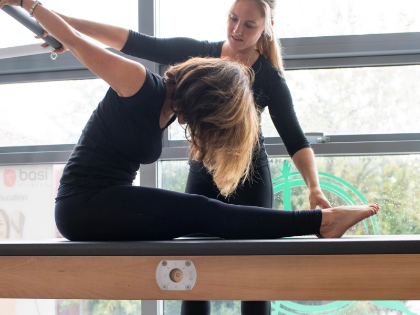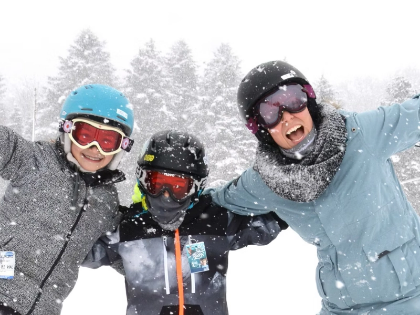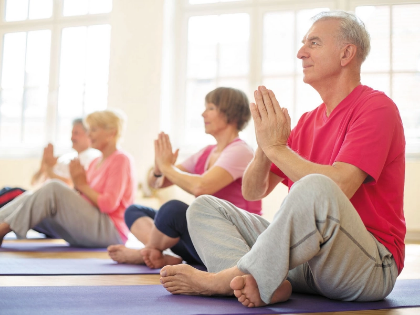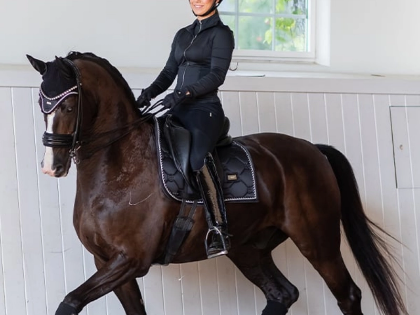Learning How to Cross-Step on a Longboard
One excellent technique for shifting your weight back and forth along the board is to cross-step. A cross-step, as opposed to a basic shuffle, keeps your body in the most efficient position on the wave while allowing you to maintain the trim line. To become familiar with this method, practice shifting your weight back and forth on the board's stringer. It will determine whether you make a big mess or just a noseride!
Position
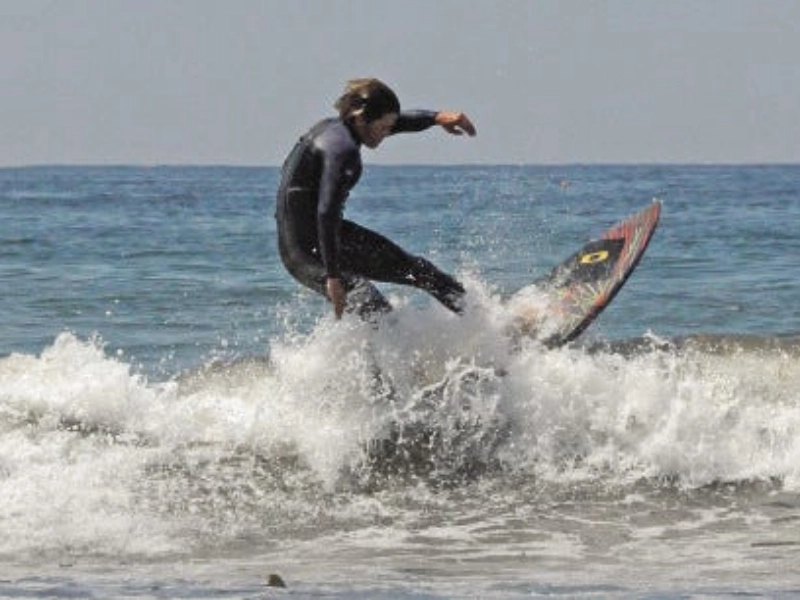
Setting Up
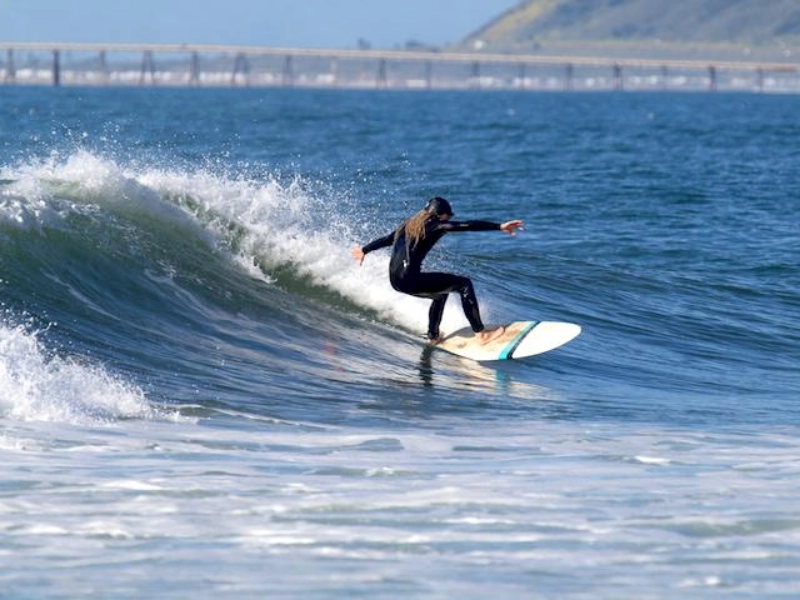 Beginner surfers often find it difficult to cross-step because they don't place their feet correctly. They don't advance nearly enough towards the nose; instead, they shuffle their feet the entire length of the board. Maintaining trim on a longboard requires a smooth movement of weight up and down the board, which is accomplished using the cross step. You risk losing control and jarring the tail of the board if you don't adjust your weight appropriately.
You must move your hips and then your upper body over your new front foot in order to execute a correct cross-step. If required, you will then need to cautiously cross-step back towards your board's tail. Learning this technique may take some time, but with practice and studying footage of skilled longboarders, it will get easier. You will eventually be able to shift your weight across the whole surface of your longboard with ease.
Beginner surfers often find it difficult to cross-step because they don't place their feet correctly. They don't advance nearly enough towards the nose; instead, they shuffle their feet the entire length of the board. Maintaining trim on a longboard requires a smooth movement of weight up and down the board, which is accomplished using the cross step. You risk losing control and jarring the tail of the board if you don't adjust your weight appropriately.
You must move your hips and then your upper body over your new front foot in order to execute a correct cross-step. If required, you will then need to cautiously cross-step back towards your board's tail. Learning this technique may take some time, but with practice and studying footage of skilled longboarders, it will get easier. You will eventually be able to shift your weight across the whole surface of your longboard with ease.
Transfer of Weight
 The board must move as evenly as possible when performing a cross step. A common mistake made by many inexperienced surfers is to lean too much towards the board's nose. When trying a noseride, this may cause instability and raise the chance of crashing out.
It can be beneficial to practice cross-stepping without a board when first learning the skill. You can then work out any kinks in your technique and develop a feel for the movement.
On a longboard, it is frequently required to cross-step in order to get to the board's nose. This can sometimes be because the wave is steep or you have to go higher up the board to gain momentum. Using the same procedure helps a lot while going backward. In order to stall, kick out, or turn, you can do it by shifting your weight back onto the front foot and moving towards your tail. You may even use it to climb back up to the nose if necessary.
The board must move as evenly as possible when performing a cross step. A common mistake made by many inexperienced surfers is to lean too much towards the board's nose. When trying a noseride, this may cause instability and raise the chance of crashing out.
It can be beneficial to practice cross-stepping without a board when first learning the skill. You can then work out any kinks in your technique and develop a feel for the movement.
On a longboard, it is frequently required to cross-step in order to get to the board's nose. This can sometimes be because the wave is steep or you have to go higher up the board to gain momentum. Using the same procedure helps a lot while going backward. In order to stall, kick out, or turn, you can do it by shifting your weight back onto the front foot and moving towards your tail. You may even use it to climb back up to the nose if necessary.
In charge
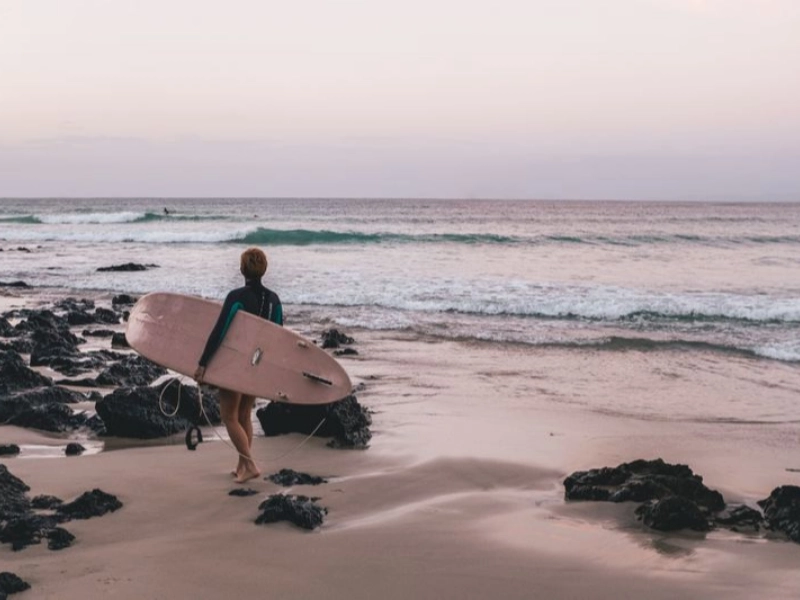 When surfing, cross-stepping is the most elegant and efficient technique to travel up and down your board. Moreover, it appears far more organic than shuffle walking down your board, which occasionally looks awkward and forced.
It is crucial to keep in mind that when cross-stepping, your entire body must be in control. The most frequent errors are not keeping your back leg knee straight and parallel to the tail or not keeping your shoulders square, that is, pointing forward towards the nose of your board.
To become accustomed to easily shifting your weight from one foot to the other, you can practice this technique in the water, at home, or even on your board by following the stringer or a piece of tape. In the end, this will make noseriding considerably simpler. To embed the physical movements into your muscle memory, it is necessary to practice the method as much as you can. You'll look back on this and be grateful to yourself!
When surfing, cross-stepping is the most elegant and efficient technique to travel up and down your board. Moreover, it appears far more organic than shuffle walking down your board, which occasionally looks awkward and forced.
It is crucial to keep in mind that when cross-stepping, your entire body must be in control. The most frequent errors are not keeping your back leg knee straight and parallel to the tail or not keeping your shoulders square, that is, pointing forward towards the nose of your board.
To become accustomed to easily shifting your weight from one foot to the other, you can practice this technique in the water, at home, or even on your board by following the stringer or a piece of tape. In the end, this will make noseriding considerably simpler. To embed the physical movements into your muscle memory, it is necessary to practice the method as much as you can. You'll look back on this and be grateful to yourself!


